19
Zerogoki REI Token Airdrop Details & Current Status (2025)
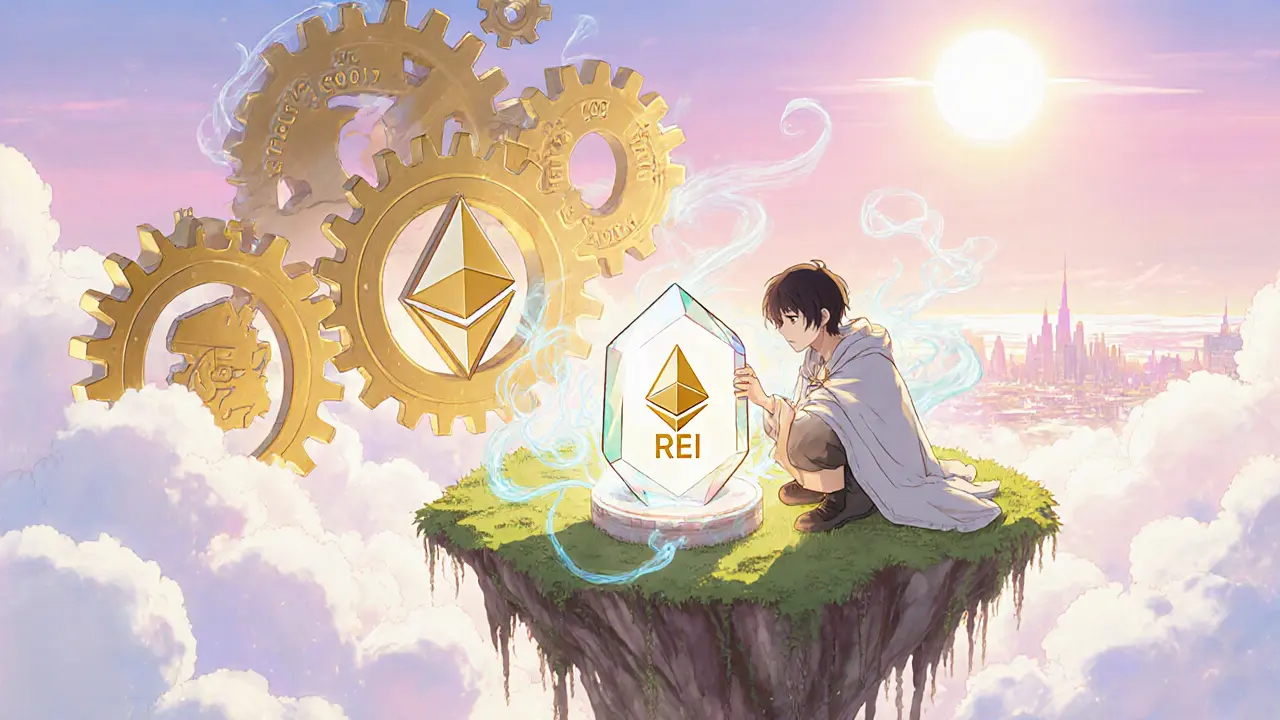
Zerogoki REI Airdrop Scam Detector
This tool helps you determine if an REI token airdrop claim is legitimate or a scam based on the official information from Zerogoki's documentation. As of October 2025, Zerogoki has not announced any official airdrop.
Answer the questions below. If you have any red flags, you're likely dealing with a scam.
Ever wondered whether the mysterious REI token is actually being handed out to the community by the experimental platform Zerogoki? The buzz has been louder than the data, and you’re not alone. Below we unpack everything that’s publicly known, why the numbers look empty, and what you should watch for before chasing any claim of a free token.
What is Zerogoki?
Zerogoki is a prototype‑style protocol built on the Ethereum mainnet, designed to stress‑test leveraged token minting under high‑cost conditions. The name comes from the Japanese "零号機" (Zero‑Model), implying a test‑bed rather than a polished product. Unlike most launch‑ready projects, Zerogoki deliberately operates with high gas fees to see if its parent system, Duet Protocol, can survive in a hostile environment.
How does the REI token fit in?
The REI token acts as the native utility token for the Zerogoki protocol. Its primary purpose is to be burned when users mint synthetic leveraged assets or when they interact with the protocol’s synthetic dollar, zUSD. Because each synthetic asset is created by destroying REI, the token supply is meant to shrink over time - a built‑in scarcity mechanic for a system that’s still in experimental mode.
Technical architecture at a glance
Three core components drive Zerogoki’s design:
- Ethereum serves as the underlying blockchain, providing security but also high transaction costs.
- Duet Protocol is the parent framework that supplies the leveraged token minting logic, with Zerogoki using only its “Lite‑minting” module.
- zUSD is a synthetic dollar used to purchase leveraged assets directly within the platform.
When a user wants exposure to a volatile asset like gold or a foreign‑exchange pair, they lock REI, the protocol mints a leveraged token, and the user receives a position that tracks the target asset with amplified returns. The whole flow is designed to test how quickly the system can react to market swings while operating on a costly network.
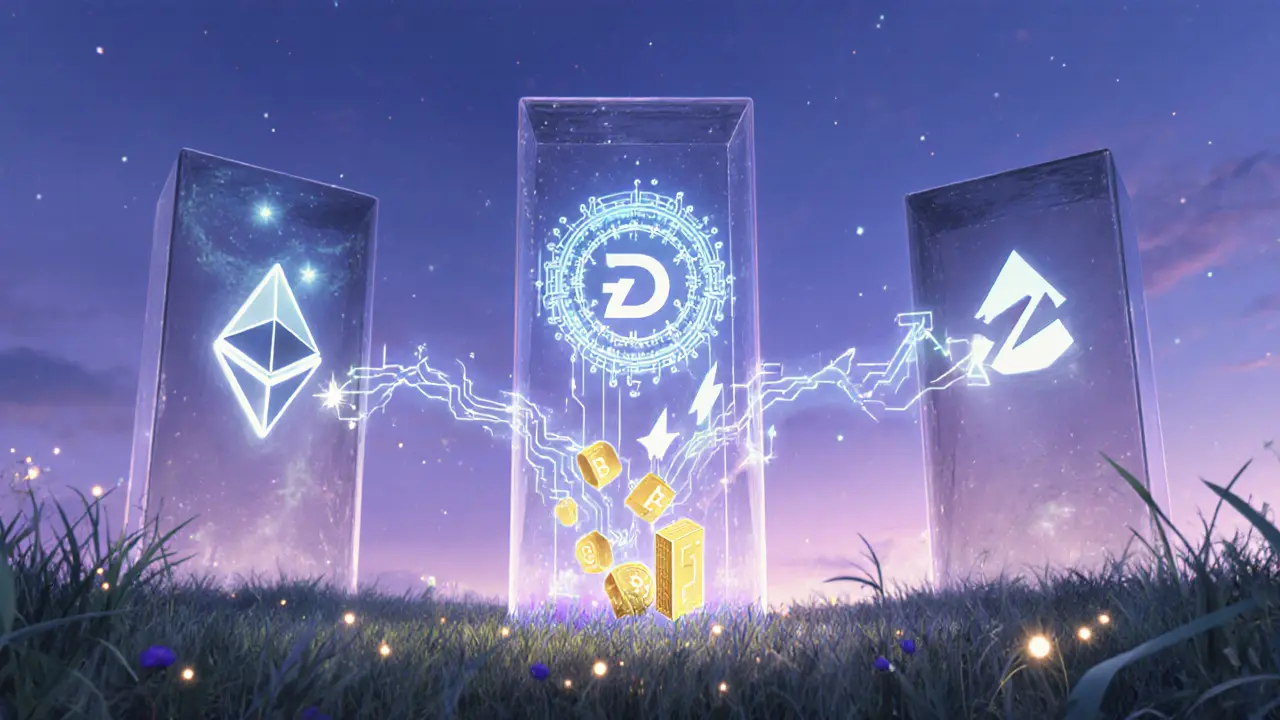
Airdrop rumors - what’s really happening?
Despite the hype, there are no verifiable announcements about a Zerogoki REI airdrop. Data from CoinMarketCap, Binance, and several blockchain explorers all show a total and circulating supply of zero, and a 24‑hour volume of $0. In practical terms, if an airdrop ever occurred, the tokens haven’t entered public wallets yet.
Why the silence? There are three plausible reasons:
- Pre‑launch testing. The team may be using the airdrop concept as a way to seed test accounts without broadcasting the details.
- Regulatory caution. Some jurisdictions treat airdrops as securities distributions, prompting developers to keep any giveaway under wraps until legal clearance is secured.
- Project pause. The zero metrics could indicate that Zerogoki has been shelved or postponed indefinitely, meaning any planned airdrop was scrapped.
Without an official roadmap, a snapshot date, or a claim portal, it’s impossible to confirm eligibility or claim instructions. The safest bet is to watch the official channels - usually a Telegram group, a Discord server, or a GitHub repo - for any future statements.
Distinguishing REI token from other “REI” projects
One frequent source of confusion is the coexistence of multiple tokens with the ticker REI. The most notable is the REI Network, a separate blockchain that offers staking rewards, fast 3‑second block times, and a high throughput of over 3,000 TPS. Below is a quick side‑by‑side look.
| Feature | REI (Zerogoki) | REI Network |
|---|---|---|
| Launch status | Experimental, zero supply | Live, circulating supply > 100M |
| Primary blockchain | Ethereum (mainnet) | Custom Proof‑of‑Stake chain |
| Core use case | Leveraged token testing | Staking, fast transactions |
| Airdrop history | No public data | Multiple airdrops since 2022 |
| Community size (2025) | Very low, minimal chatter | Active Discord, >20k followers |
Mixing these projects can lead to mistaken investments, especially when you see “REI token airdrop” trending on social media. Always double‑check the contract address and the official announcement source before interacting.
Red flags and safety tips
Crypto airdrops are fertile ground for scams. Here’s a short checklist to protect yourself:
- Never share your private key or seed phrase. Legitimate airdrops ask only for a wallet address.
- Verify the announcement on an official channel - a verified Twitter account, a posted blog on the project’s domain, or a pinned message on the official Discord.
- Check the token contract on Etherscan. Look for a verified source code and a reasonable total supply.
- Beware of “send 0.01 ETH to claim” links. Real airdrops never require a payment to receive free tokens.
- Use a separate “airdrop” wallet to isolate any unknown tokens from your main holdings.
Given the current silence around Zerogoki, any claim that you can instantly claim REI tokens is almost certainly a phishing attempt.
Step‑by‑step: How to monitor a potential Zerogoki airdrop
- Join the official Telegram group for Zerogoki announcements (if it exists).
- Subscribe to the project’s Discord server where developers discuss roadmap updates and turn on notification pings.
- Watch the GitHub repository for Zerogoki releases and documentation for any code push that mentions "airdrop".
- Set up an Etherscan alert for token contract creation" using the “Watch Address” feature.
- Keep a small, low‑value wallet ready so you can quickly claim if a genuine airdrop appears, but avoid moving large funds until you’re 100% sure it’s legit.
Why the lack of data matters for investors
When a token shows a total supply of zero and no trade volume, it signals either a pre‑launch stage or a dead project. For investors, that translates into high uncertainty and limited exit options. Even if an airdrop were to happen tomorrow, you’d be left holding a token that can’t be sold on major exchanges until the team lists it, if ever. Comparing that risk to more established airdrops - like those from major DeFi platforms - the odds are heavily stacked against Zerogoki’s REI token.
Bottom line
If you’re chasing free crypto, focus on projects with clear, verifiable airdrop schedules, active community chatter, and a working token on a public blockchain. As of October 2025, Zerogoki’s REI token remains an experimental construct with no public distribution. Stay vigilant, keep your wallets secure, and keep an eye on official channels - but temper expectations about any imminent airdrop.
Is there an official REI token airdrop announced by Zerogoki?
No. As of the latest public data, Zerogoki has not released any official airdrop schedule, eligibility criteria, or claim portal for the REI token.
What does the REI token actually do?
The REI token is burned to mint synthetic leveraged assets or to interact with the protocol’s synthetic dollar (zUSD). It acts as the utility token within Zerogoki’s experimental leveraged‑minting framework.
How can I verify if a claim link is real?
Check the contract address on Etherscan, ensure the source code is verified, and confirm the announcement came from Zerogoki’s official Telegram, Discord, or GitHub channel. Never send ETH to receive tokens.
Why does Zerogoki operate on Ethereum despite high gas fees?
The team wants to stress‑test the Duet Protocol’s leveraged‑minting logic under harsh conditions. High fees simulate a worst‑case environment, revealing any performance bottlenecks before a potential mainnet launch.
Is the REI token the same as the REI Network token?
No. The REI Network is a separate, live blockchain offering staking rewards and fast transaction throughput. Zerogoki’s REI token is an experimental utility token with zero circulating supply.
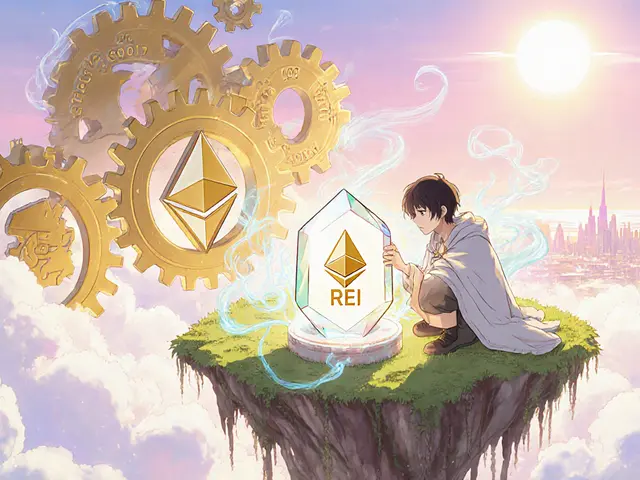





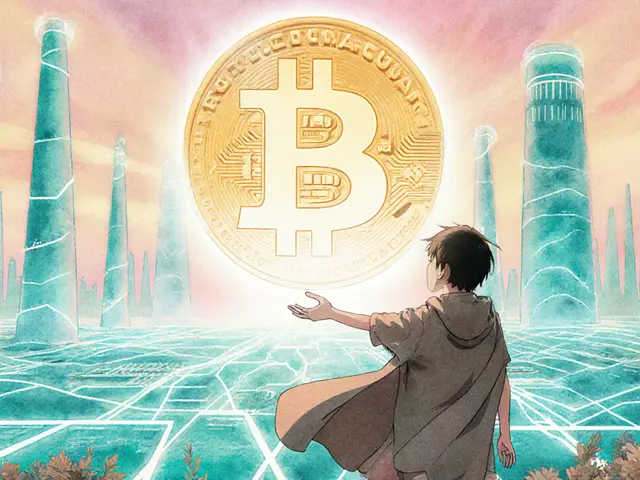
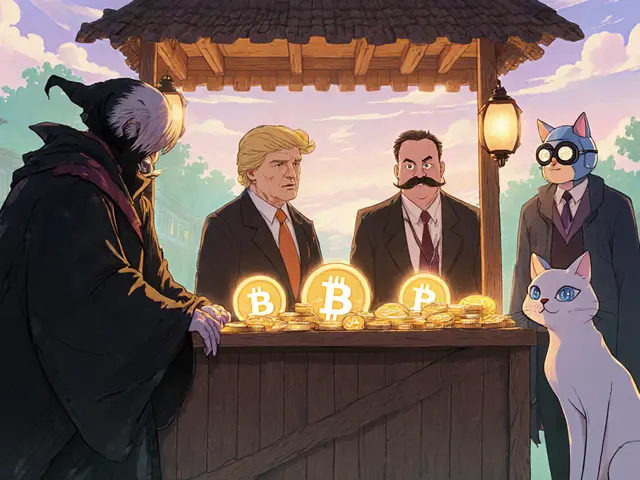

Joy Garcia
October 19, 2025 AT 09:46This so‑called REI airdrop feels like a wolf in sheep's clothing, a grand illusion spun by faceless developers. The white‑paper whispers of “experimental utility” while the blockchain shows a dead‑alive supply of zero. Everyone’s hunting free tokens, yet the only thing being handed out is paranoia. If they really wanted to test leverage, they’d do it on a live market, not in the shadows of a phantom airdrop. The silence from Zerogoki only fuels the conspiracy, and I’m not buying the “just testing” line.